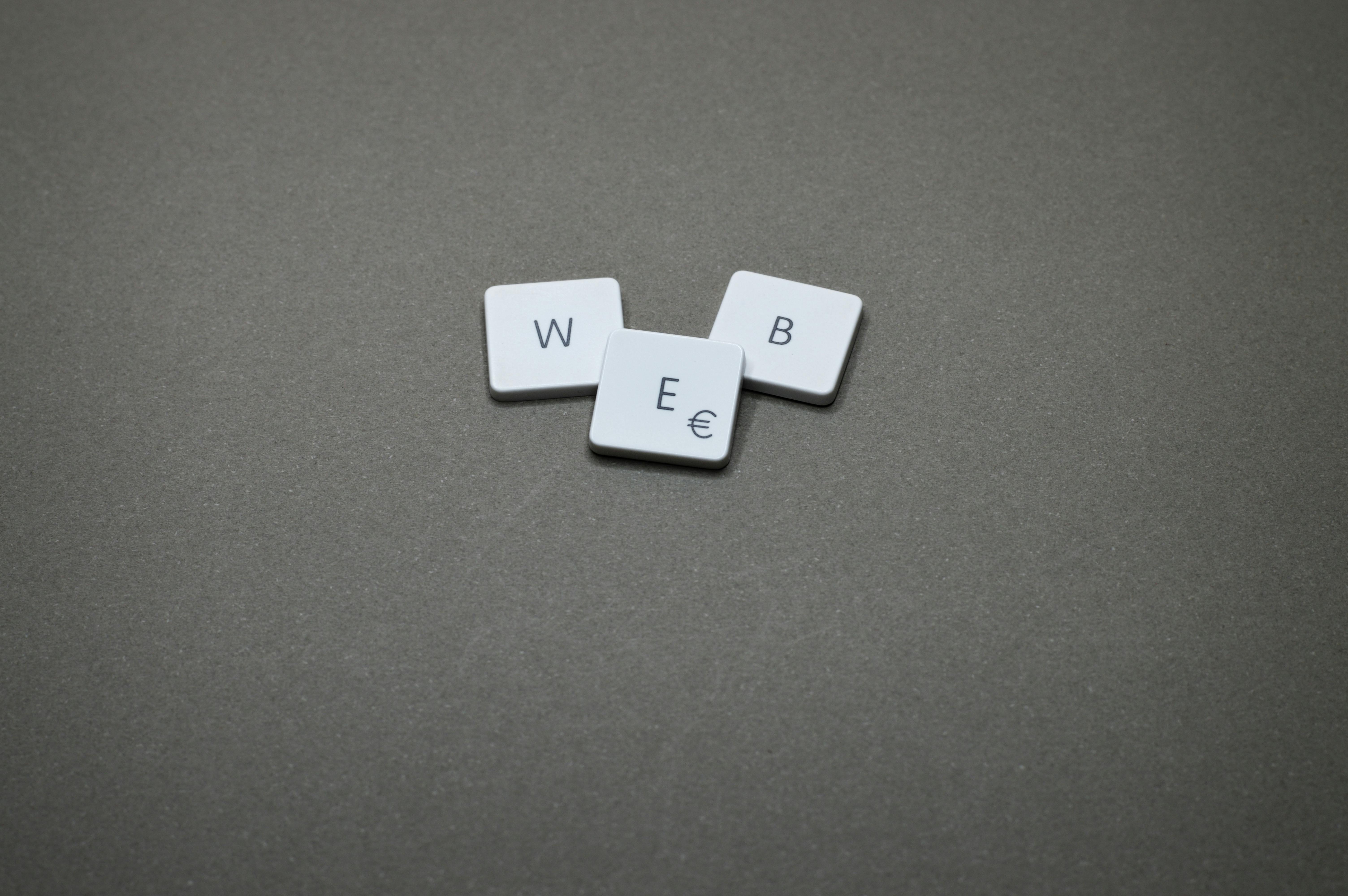The longevity in the use of ring binders dates back to the mid to late 1800s, when people identified the difficulty of storing loose papers. During this time period, Henry T. Sisson of Providence, Rhode Island filed patents for the 2- and 3-ring binders in 1854. However, it was not until 1899 that the Chicago Binder and File Company began offering them for sale. . Initially, the focus was on the 2-ring style, but as a result of further development work, it was found that the 3- and 4-ring binders did a better job of keeping papers in place. The 3-ring system is now much more commonly used in the US and Canada for standard letter-size pages (8 1⁄2 inches x 11 inches), while the 2-ring and 4-ring system are the preferred option for archiving A4 papers in Europe.
German-born Friedrich Soennecken introduced the use of ring binders in 1886 and his work was capitalized on by another German Louis Leitz, whose changes in the development of the binder introduced a hole in the side of the file. Louis Leitz was the founder of Esselte Leitz, a family business that was a major supplier of office supplies for 125 years until it was sold in 1986.
Andreas Tengwall of Sweden and two business partners introduced the “Trio Binder” in 1890 which incorporates the use of four rings, two on each side in a bifurcation movement. This method is still used as the de facto standard for hole drilling in Sweden under the name “triohalning”.
Originally, the folders were covered with heavy cardboard with the ring mechanisms made of highly polished and nickel-plated cold rolled steel. Even today, the ring mechanisms are still made of steel and are fully recyclable. Each ring consists of separate arms welded to a metal bracket within a frame that allows them to open and close in unison.
The spring-loaded ring mechanism in the current presentation and ring binders are frequently circular in shape and are generally known as O Rings, while some have a D-shaped mechanism and are generally referred to as D Rings. Due to the shape, D-ring binders have the ability to hold more paper than O-ring binders. When it comes time to securely archive your documents in Europe, you can choose between a 2- and 4-ring system. In addition to the ring size, both the presentation and ring binders are available in A5, A4 and A3 sizes with a paper storage capacity ranging from 15mm to 65mm.
Heavy cardboard covers have been replaced by a variety of different materials to choose from, such as clean clear polypropylene, strong plastic cardboard, press paper or laminated paper covered cardboard, or even recycled cardboard covered with oxo-biodegradable polypropylene, leading months. rather than years to biodegrade.
The front outer cover of the presentation folders has a transparent pocket so you can slide it into a personalized content page of the presenter. Professional-looking covers enhance the quality of your work.
